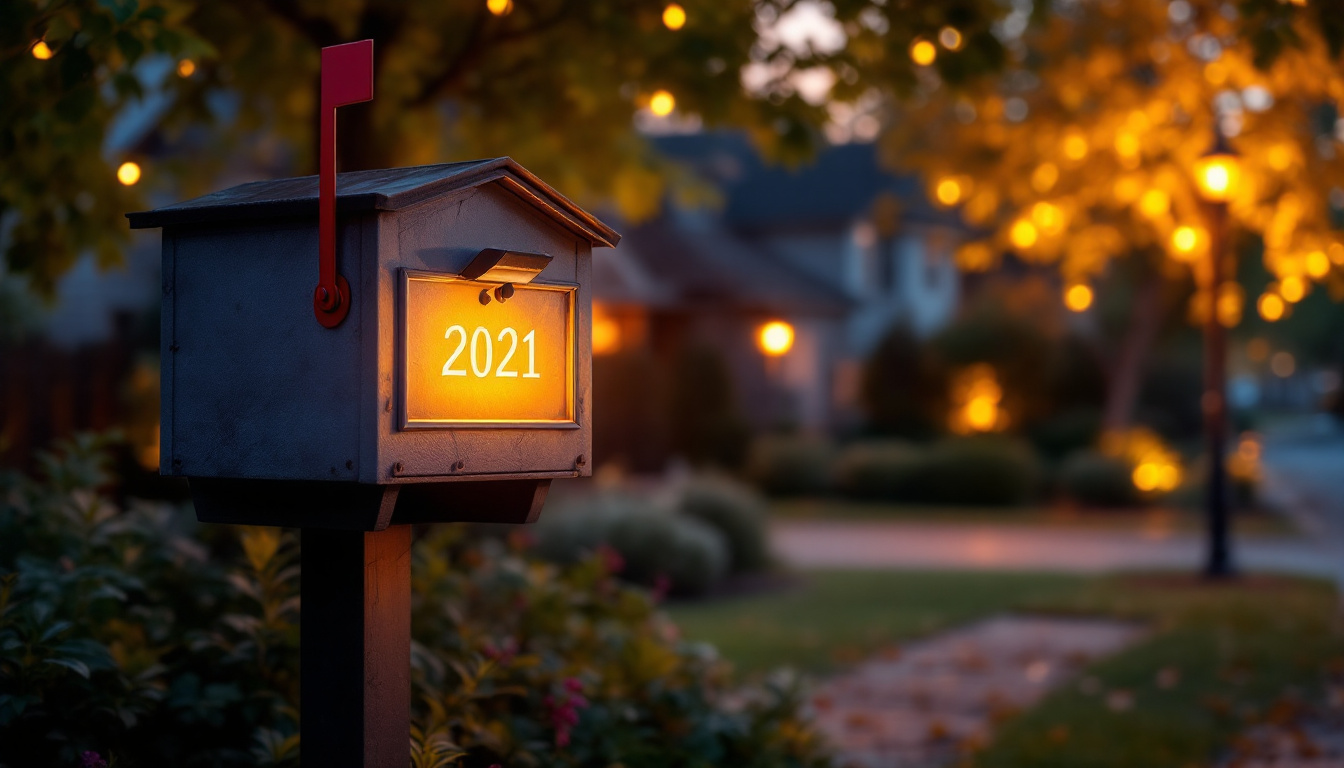
In the ever-evolving world of lighting design and installation, compliance with regulations and standards is crucial for lighting contractors. The use of light kits has become increasingly popular, offering convenience and flexibility in various applications. However, understanding the compliance landscape surrounding these products is essential for contractors aiming to deliver safe and effective lighting solutions. This article delves into the key compliance considerations, industry standards, and best practices that lighting contractors should be aware of when working with light kits.
Light kits are pre-packaged lighting solutions that typically include fixtures, bulbs, and necessary hardware for installation. They are designed to simplify the lighting process, making it easier for contractors to provide clients with cohesive and aesthetically pleasing designs. However, while their convenience is undeniable, contractors must navigate a complex web of compliance requirements to ensure that their installations meet safety and performance standards. This includes understanding local building codes, Electrical standards, and any specific regulations that pertain to the type of installation being performed. Failure to comply can lead to costly rework, safety hazards, and potential legal ramifications.
There are various types of light kits available on the market, each serving different purposes and environments. Common categories include:
Understanding the specific type of light kit being used is essential for compliance, as different applications may have unique regulatory requirements. For instance, outdoor lighting may need to meet specific brightness levels to avoid light pollution, while commercial installations might require Energy efficiency certifications.
Light kits typically include several key components that must adhere to compliance standards:
Each of these components plays a vital role in the overall compliance of the light kit, and contractors must ensure that they are sourcing products from reputable manufacturers who adhere to industry standards. Furthermore, understanding the latest advancements in lighting technology can also provide contractors with a competitive edge. For example, smart lighting systems that integrate with home automation can enhance user experience and offer energy-saving benefits, making them an attractive option for both residential and commercial projects.
Compliance with relevant standards and regulations is a critical aspect of any lighting project. Various organizations and government bodies establish guidelines that lighting contractors must follow to ensure safety, energy efficiency, and environmental responsibility.
The National Electrical Code (NEC) is a set of regulations that governs electrical installations in the United States. It outlines the minimum safety standards for electrical wiring and equipment, including lighting installations. Contractors must familiarize themselves with the NEC to ensure that their light kit installations comply with safety requirements.
Key NEC considerations include:
Failure to comply with NEC standards can result in safety hazards, legal issues, and increased liability for contractors.
Energy efficiency is a major focus in the lighting industry, with various standards established to promote sustainable practices. The Department of Energy (DOE) and the Environmental Protection Agency (EPA) have implemented regulations that encourage the use of energy-efficient lighting solutions.
Contractors should be aware of programs such as:
By selecting light kits that meet these energy efficiency standards, contractors can help clients reduce energy costs while promoting environmental sustainability.
Ensuring compliance with regulations and standards requires proactive measures and a commitment to quality. Here are some best practices that lighting contractors should implement:
Choosing high-quality light kits from reputable manufacturers is essential for compliance. Contractors should conduct thorough research to verify that products meet industry standards and have the necessary certifications. This includes checking for:
By sourcing quality products, contractors can minimize the risk of compliance issues and enhance the overall safety and performance of their installations.
The lighting industry is subject to constant changes in regulations and standards. Contractors must stay informed about any updates or revisions to compliance requirements. This can be achieved through:
By staying informed, contractors can ensure that their practices remain compliant and that they are providing the best possible service to their clients.
Establishing quality control measures within the installation process can help ensure compliance with safety and performance standards. This may include:
By implementing these measures, contractors can enhance the reliability of their installations and reduce the likelihood of compliance-related issues.
While compliance is essential, lighting contractors often face challenges that can complicate the process. Understanding these challenges can help contractors navigate the compliance landscape more effectively.
The multitude of regulations and standards can be overwhelming for contractors. Different jurisdictions may have varying requirements, and keeping track of these can be a daunting task. Contractors must be diligent in researching local codes and regulations to ensure compliance in every project.
Additionally, the rapid pace of technological advancements in lighting can lead to frequent changes in standards. Staying up-to-date with these changes is crucial for maintaining compliance.
Compliance can sometimes lead to increased costs, particularly when sourcing high-quality products or implementing additional safety measures. While these costs may be viewed as an investment in quality and safety, they can be a concern for contractors operating on tight budgets.
Contractors should communicate the importance of compliance to clients, emphasizing the long-term benefits of investing in quality products and installations. This can help mitigate concerns about upfront costs.
As the lighting industry continues to evolve, several trends are emerging that may impact compliance requirements for contractors. Staying ahead of these trends can position contractors for success in a competitive market.
The rise of smart lighting technology is changing the landscape of lighting installations. These systems often come with built-in energy-saving features and can be integrated with home automation systems. However, they also introduce new compliance challenges, as contractors must ensure that these systems meet safety and performance standards.
Contractors should familiarize themselves with the specific compliance requirements related to smart lighting technology, including wireless communication standards and data security regulations.
With growing awareness of environmental issues, sustainability initiatives are becoming increasingly important in the lighting industry. Regulations promoting energy efficiency and reduced environmental impact are likely to continue evolving.
Contractors should be proactive in adopting sustainable practices and incorporating energy-efficient products into their installations. This not only enhances compliance but also appeals to environmentally conscious clients.
Compliance is a critical aspect of lighting installations, particularly when working with light kits. By understanding the various regulations and standards, sourcing quality products, and implementing best practices, lighting contractors can ensure that their projects meet safety and performance requirements.
As the industry continues to evolve, staying informed about emerging trends and challenges will be essential for success. By prioritizing compliance, contractors can enhance their reputation, minimize liability, and provide clients with safe and effective lighting solutions.
In a competitive market, a commitment to compliance and quality can set contractors apart, paving the way for future growth and success in the lighting industry.
Ready to elevate your lighting projects while adhering to the highest standards of compliance? Look no further than LumenWholesale for all your light kit needs. Our extensive selection of top-quality, spec-grade lighting products comes at unbeatable wholesale prices, giving you the best value for your investment. Say goodbye to inflated markups and hello to superior lighting solutions that meet rigorous industry standards. Plus, with free shipping on bulk orders, you can stock up on premium lighting without any hidden fees. Don’t compromise on quality or affordability. Visit LumenWholesale today and experience the convenience of Wholesale Lighting at the Best Value for your next project.

Discover the importance of staying updated on house number lights for lighting contractors.

Discover essential conduit wire puller tips for lighting contractors to boost efficiency, reduce installation time by up to 30%, and ensure safe, seamless wiring—get expert insights now!.

Discover the essential facts about commercial solar light posts that every lighting contractor needs to know.

Explore the advantages and drawbacks of Millennium Lighting for contractors in this insightful article.